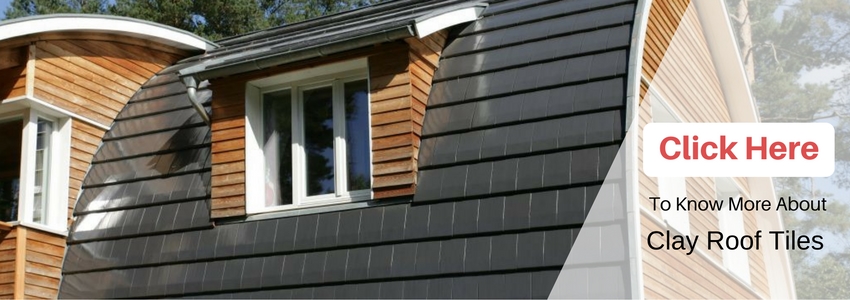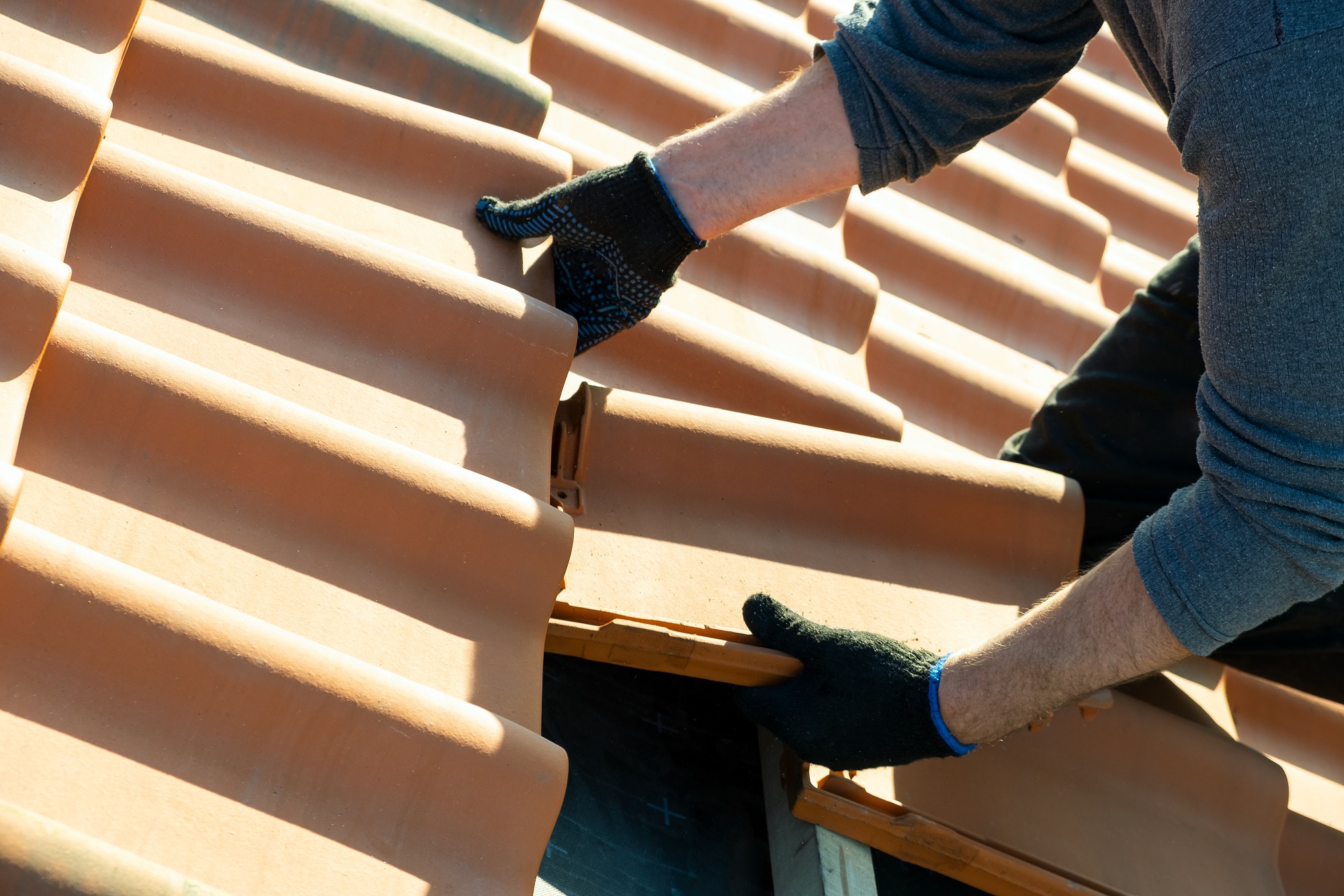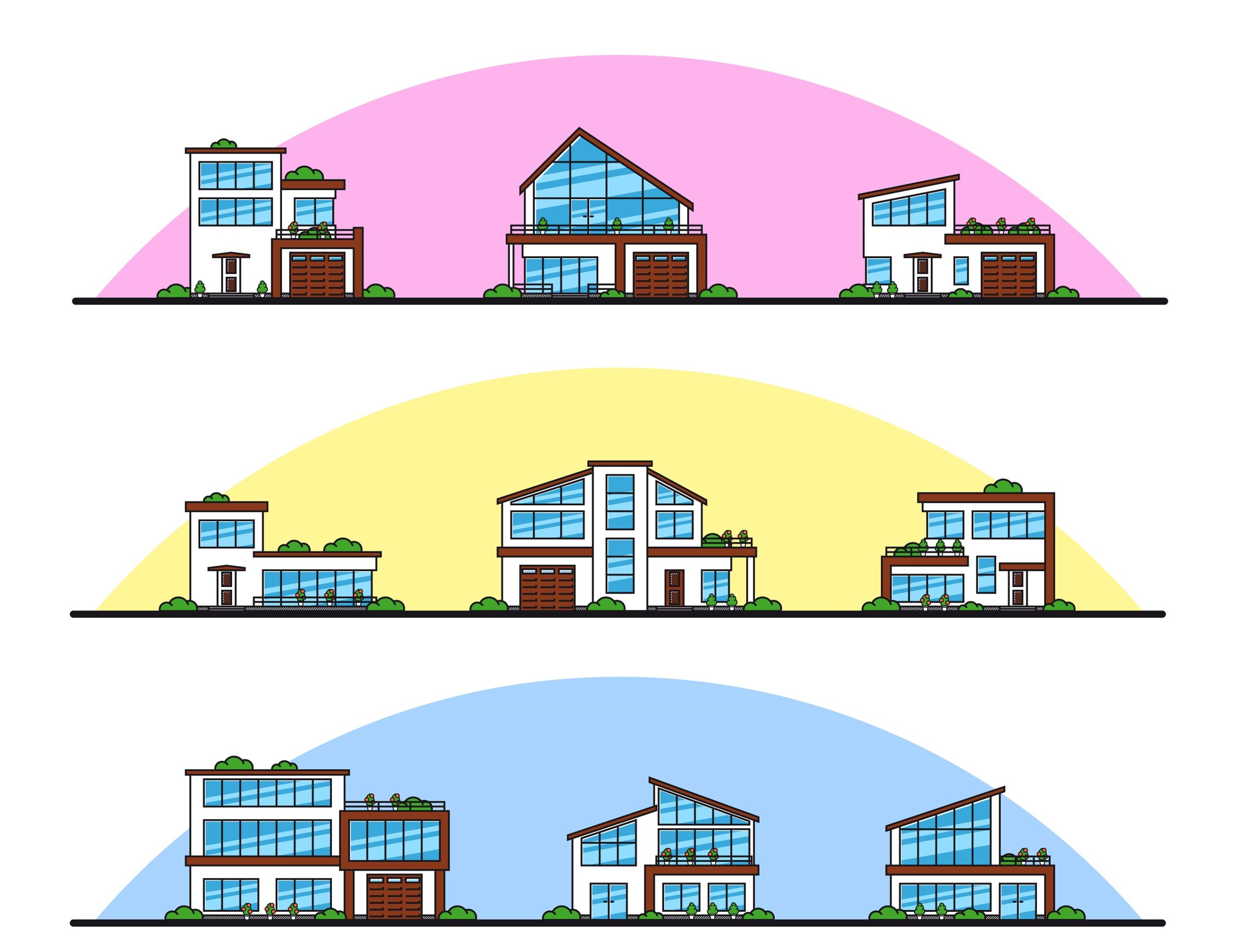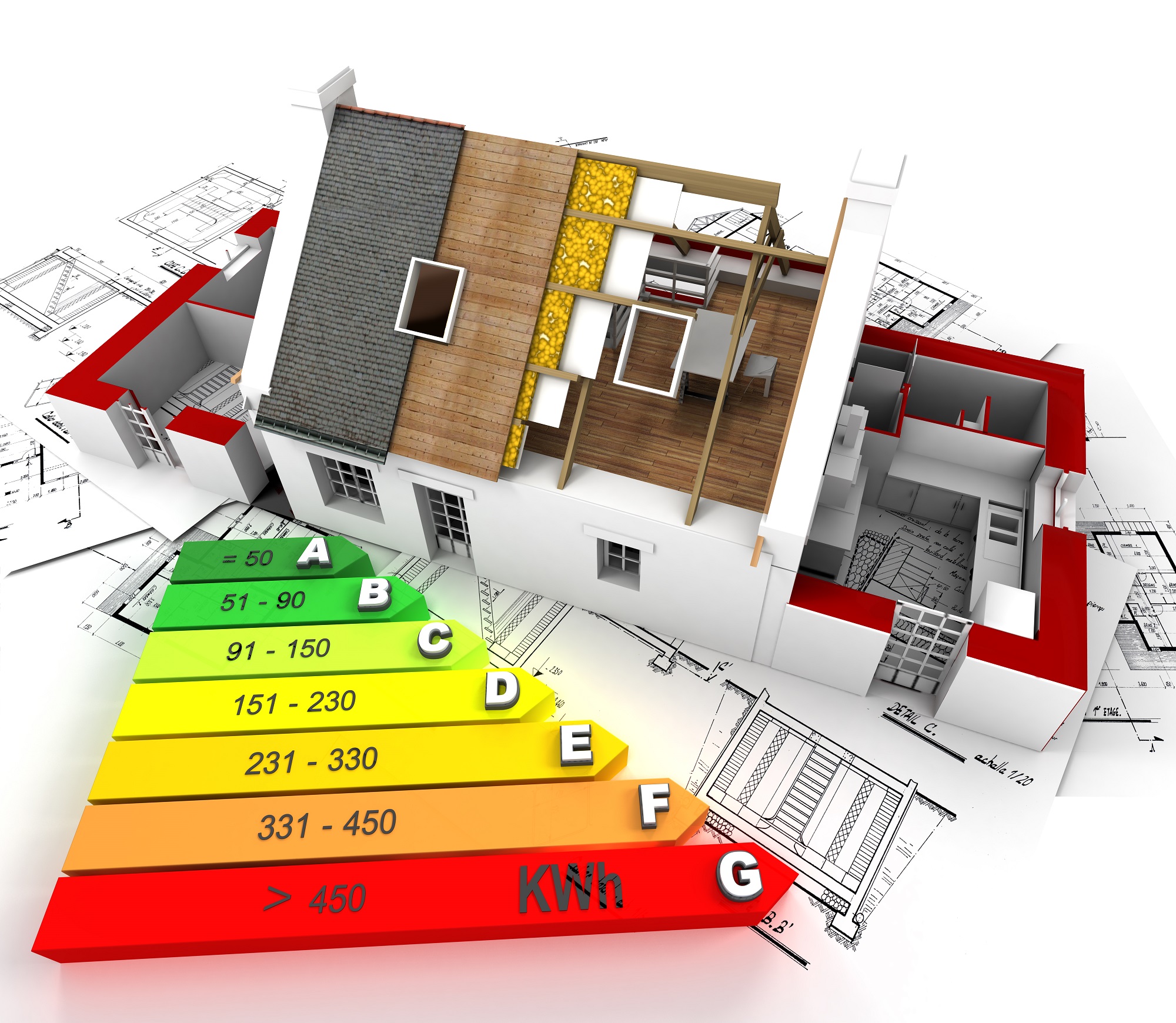Roofing roofs with the help of roof tiles is one of the most common and integral parts of the building design. Along with aesthetics, roof tiles protect the building interior from the outside elements. There are different types of roofing materials available, including clay, slate, concrete, metal, plastic, etc. which all have inimitable visual properties. Tiled roofs are beautiful and durable. They are also expensive and heavy, but that is perhaps to be expected from a roofing material that can last 100 years.
Roof tiles are connected to the roof structure of the building with the use of bolts or nails. The interlinking nature of the roof tiles augments the element-resistant qualities of the structure. Coming to the topic i.e., roof tiles sizes – Why do we need to know?
Unit dimensions of roof tiles help with numerous aspects of roofing, especially in the area of planning. One of the main factors that can vastly impact or change the price of a new roof, or improvements to an existing one is – the number of tiles required/used. Hence before beginning any roofing or re-roofing project, it is important to know the dimensions of the roof tiles that you are planning to use. Accuracy is key, as the cost can quickly add up if this is planned incorrectly.
Building on this, we planned this blog to give you a brief idea on different roof tiles sizes. So, keep reading!
Briefly Discussing Different Roof Tiles Sizes
Let’s look at the different roof tiles sizes now:
1. Clay Roof Tiles
Clay roof tiles are one of the original types of roofing materials manufactured centuries ago. Clay offers excellent moldability, color options, and color retention. While traditional clay tile roofs were natural orange or red in color. Today’s clay roof tiles come in virtually any color and in dozens of shapes. Wienerberger India offers clay roof tiles which are available in different roof tiles sizes of 470 X 300 mm, 463 X 297 mm, 470 X 300 mm, 371 X 261 mm, 474 X 285 mm, 320-370 mm, 470 X 300 mm. Find out more here.
Interesting Read: Lean To Roof – What It Is And Why Is It Gaining Popularity
2. Plain Tile
Plain roof tiles are known for their traditional look, these attempts to emulate tiles on older, more traditional buildings. Plain tiles are normally flat and have a battered look which is mostly created by staining. The standard dimensions of the roof tile are 270 mm in length, 170 mm in width and 12 mm in depth; but again, depending on the manufacturer, the actual dimensions can vary.
3. Roman Tile
The Roman roof tiles are most known for their single/double “roll”. These tiles are tapered; hence it imparts that typical Mediterranean style look. Roman tiles are not very common in India. The standard dimensions of the single roll roof tile are 342 mm X 255 mm X 43 mm. Again, the exact roof tiles sizes may vary depending on the manufacturer.
4. Concrete Roof Tiles
Concrete tiles have become another very dominant choice of material in the modern roof tile market. Sometimes called cement roofing tiles, concrete tiles are a mixture of portland cement, sand, water, and sometimes various dyes are used for colour. The standard dimensions of the concrete roof tile are 420 x 330mm and 267 x 168mm, however, this may vary depending on the manufacturer.
5. Traditional Slate
Traditional, natural slate roofs are manufactured from rock and are formed so that each tile has a unique appearance. Slate tile roofs are popular due to their natural appearance, durability, and longevity. The standard dimensions of the single roll roof tile are 510 mm in length, 255 mm in width and 6 mm in depth, though this may vary depending on the manufacturer.
Small Roof Tiles Vs Large Roof Tiles
Irrespective of the size of the roof tiles, it has its set of advantages and disadvantages.
The overall efforts in laying large roof tiles are less than many small roof tiles. Fewer bricks need to be put on the roof and laying is also easier. With large roof tiles, one can save money, fewer tiles are needed, also it doesn’t take a lot of time to cover the roof. On the other hand, small roof tiles have real and visual advantages. One of the practical advantages is that the smaller area is somewhat more stable and more protected against hard impacts. Also, if there is an occasion of rupture or breakage, the small bricks can be easily replaced. Considering the visual appeal, small roof tiles are somewhat more restrained and bring more detail than the larger bricks. This effect enhances the houses overall aesthetic appeal.
Read: 5 Tips For Choosing The Right Roofing Designs For Houses
Summary
Roof tiles sizes vary dependent on the type of roofing material used. The advantages and disadvantages of the different dimensions are the quantity required, speed of laying, and aesthetics mostly.
Curated By A Wienerberger Building Expert










